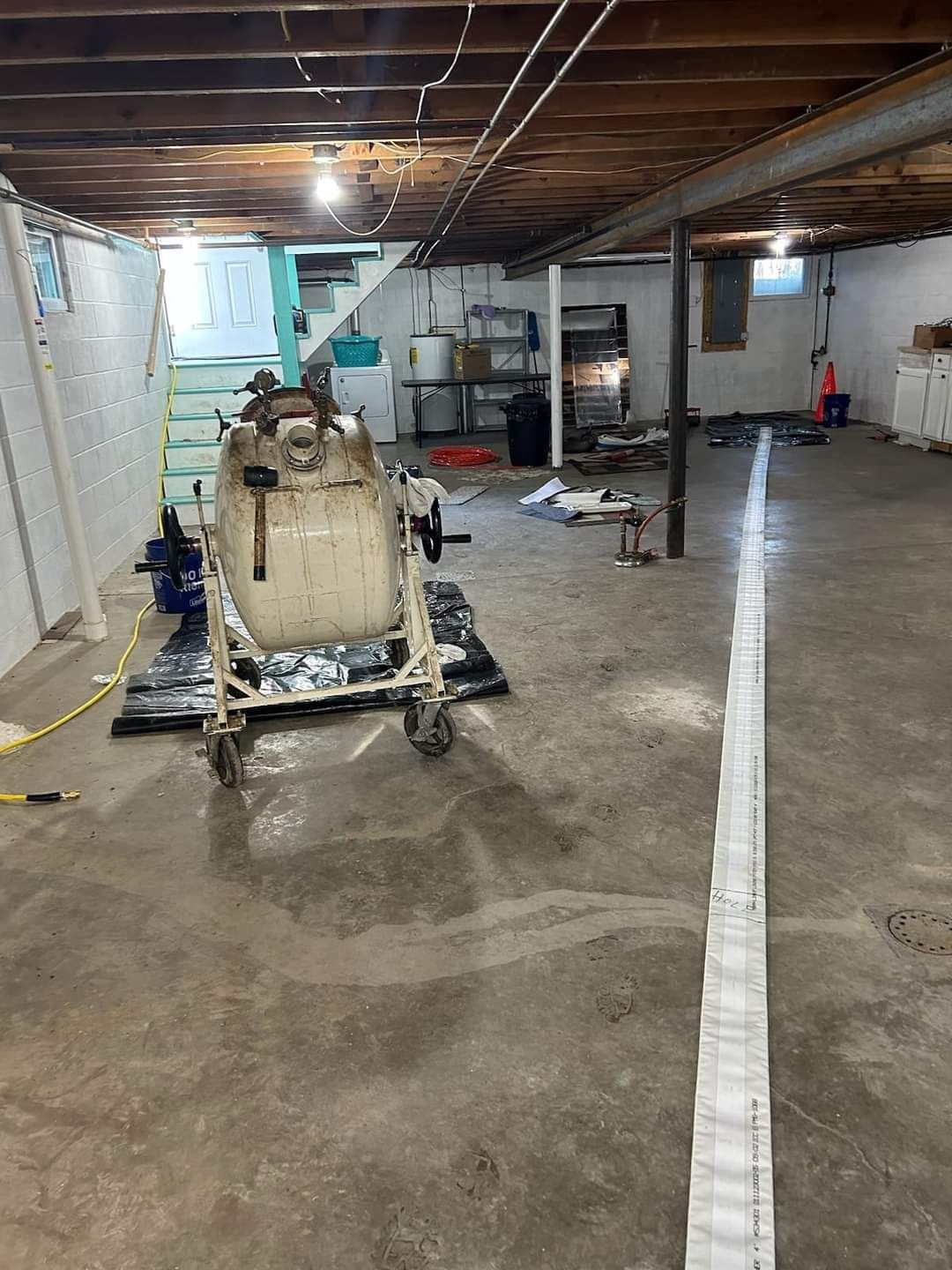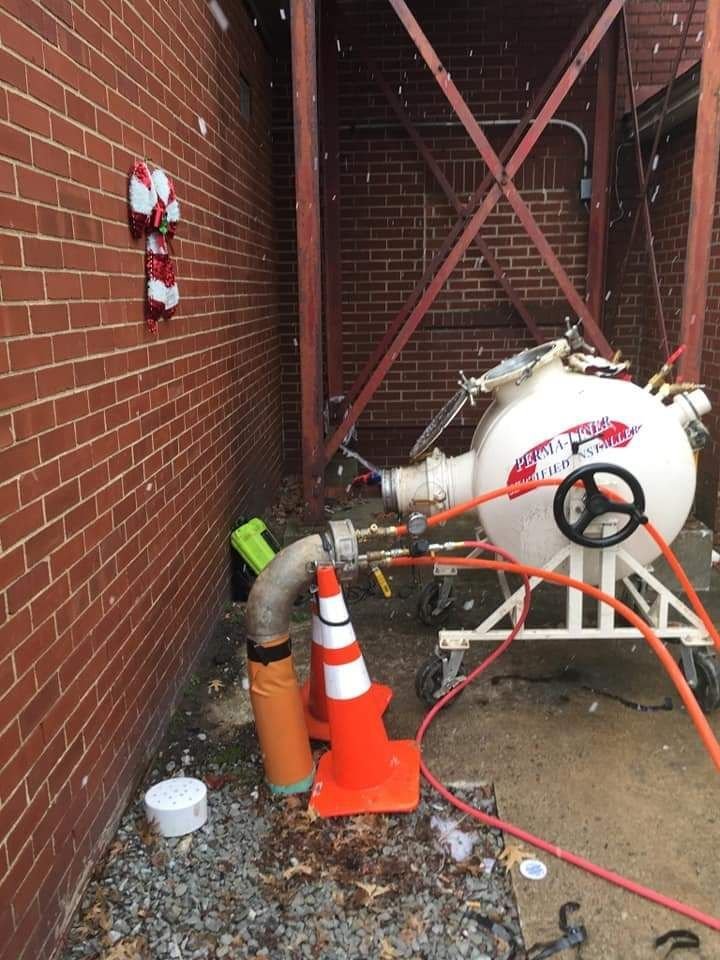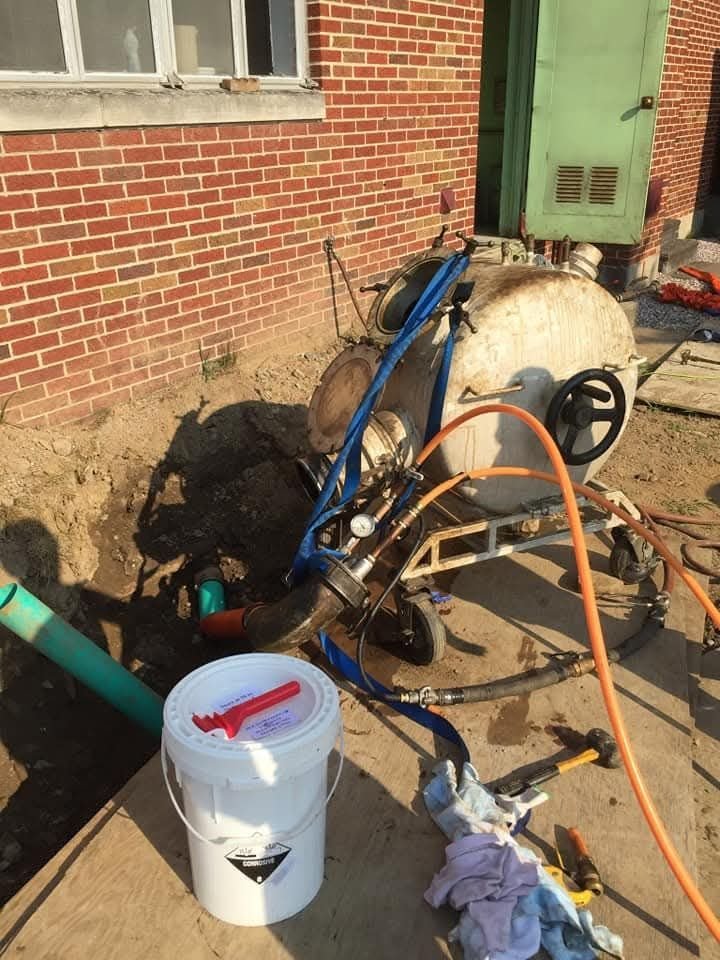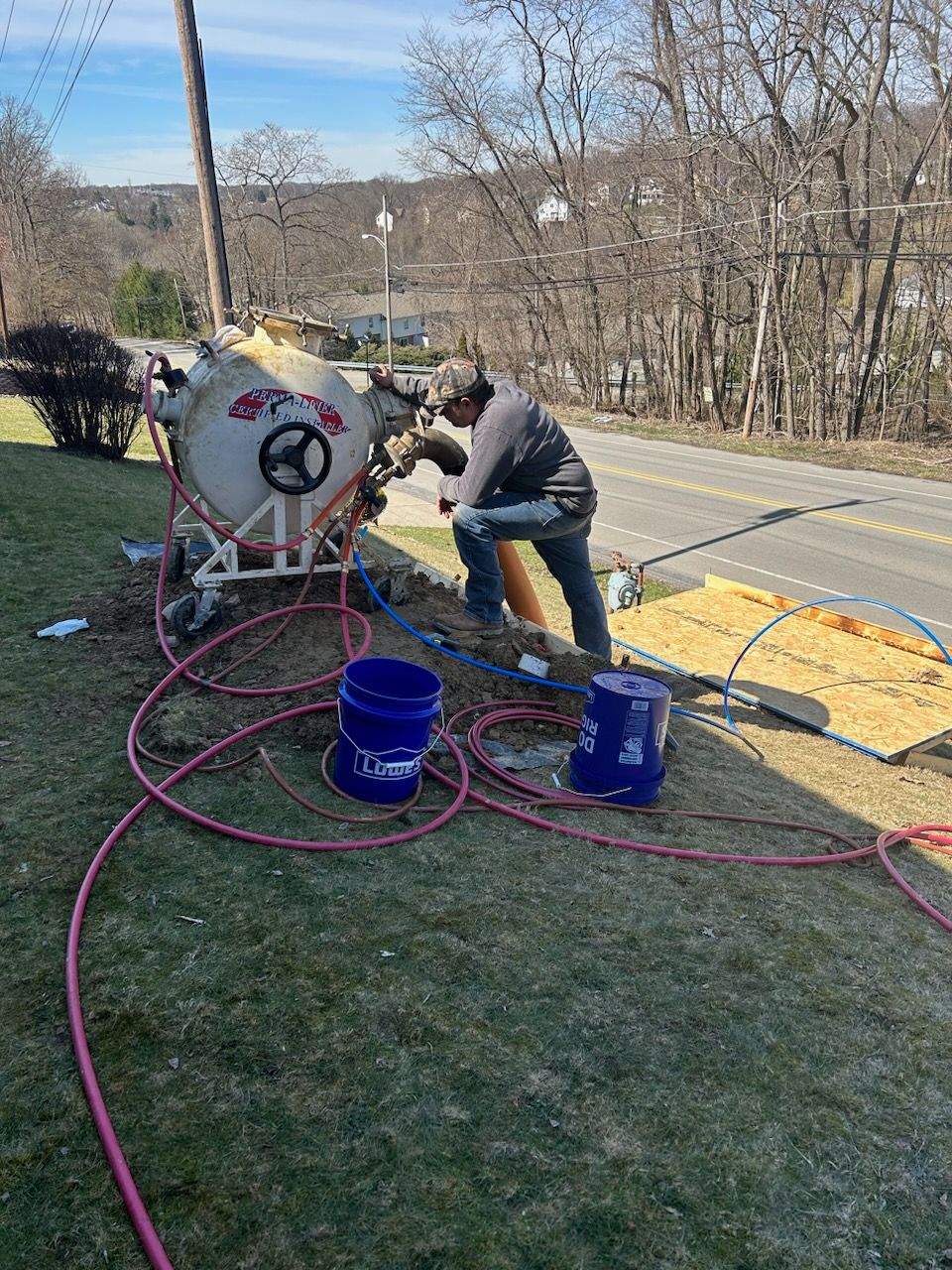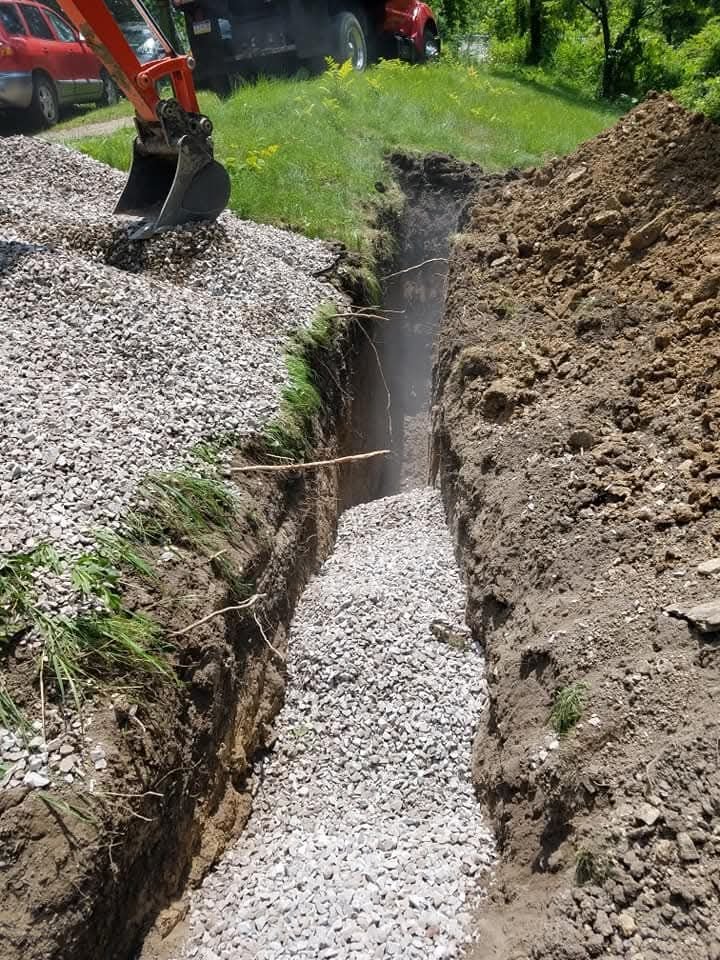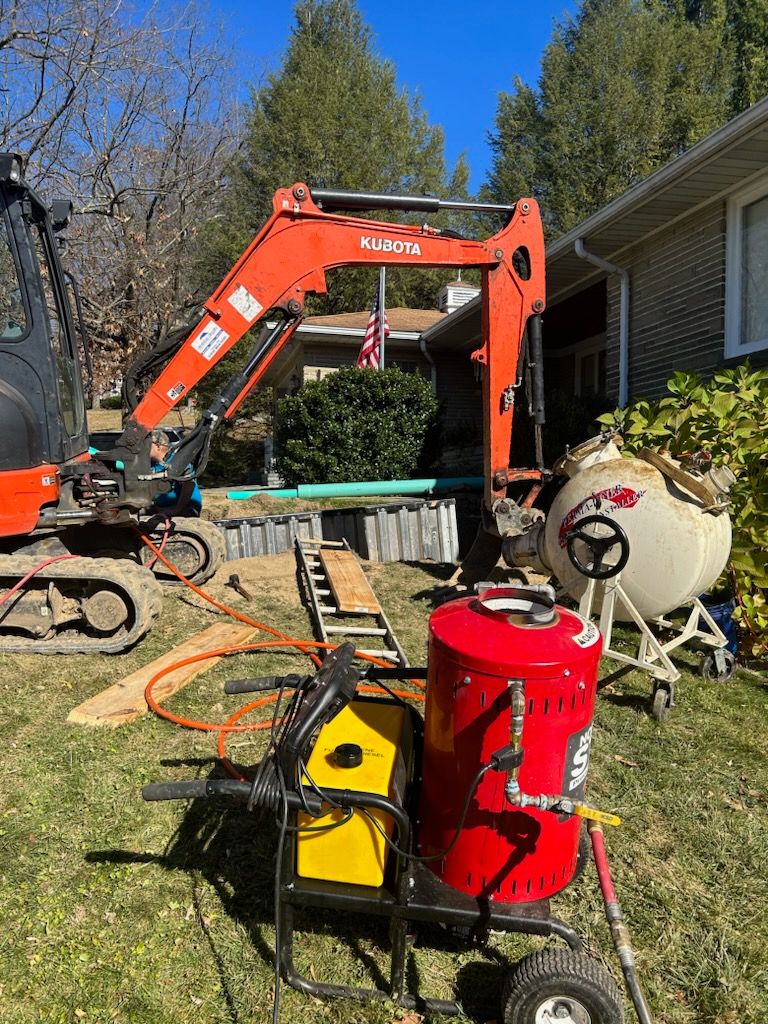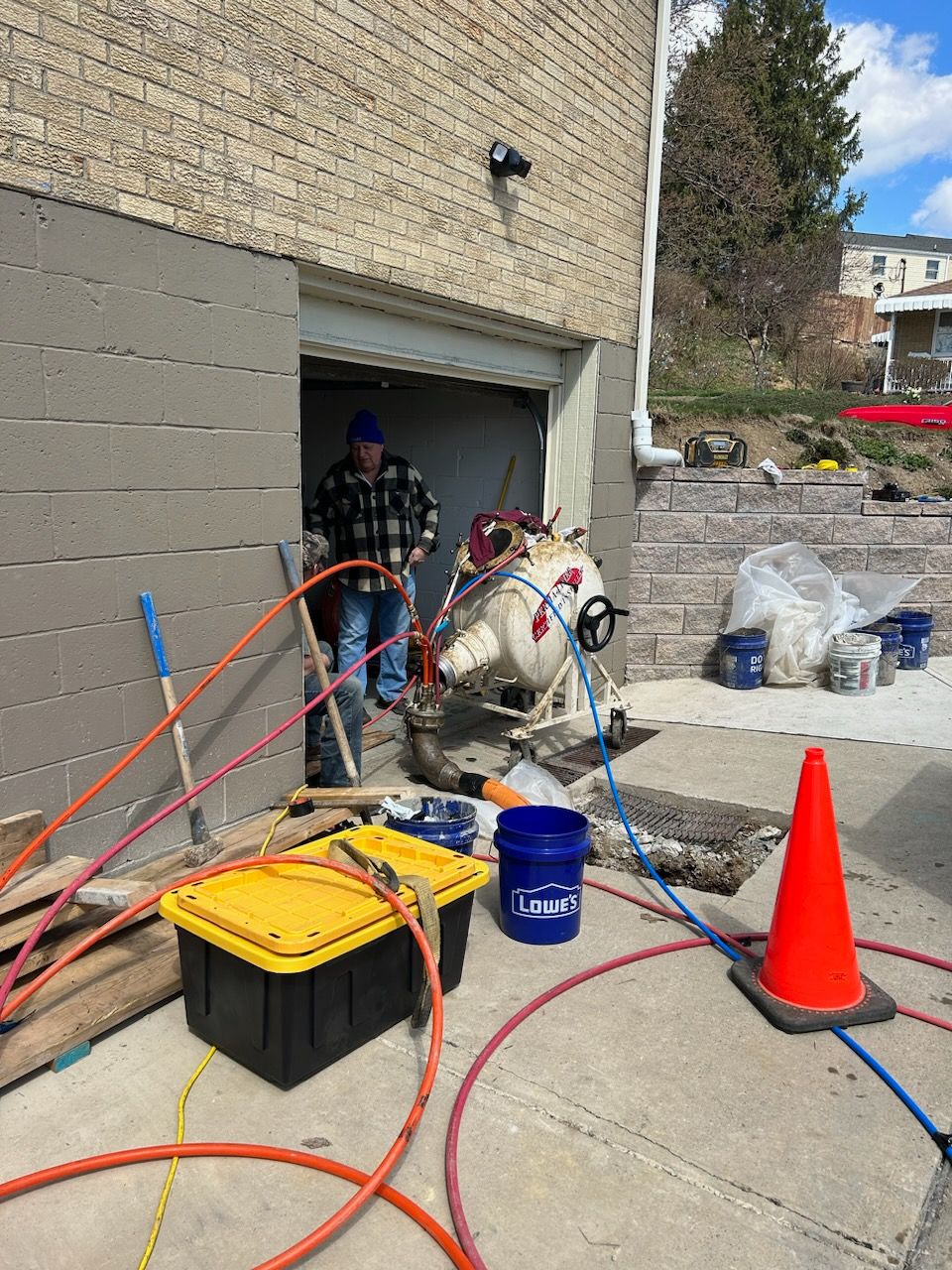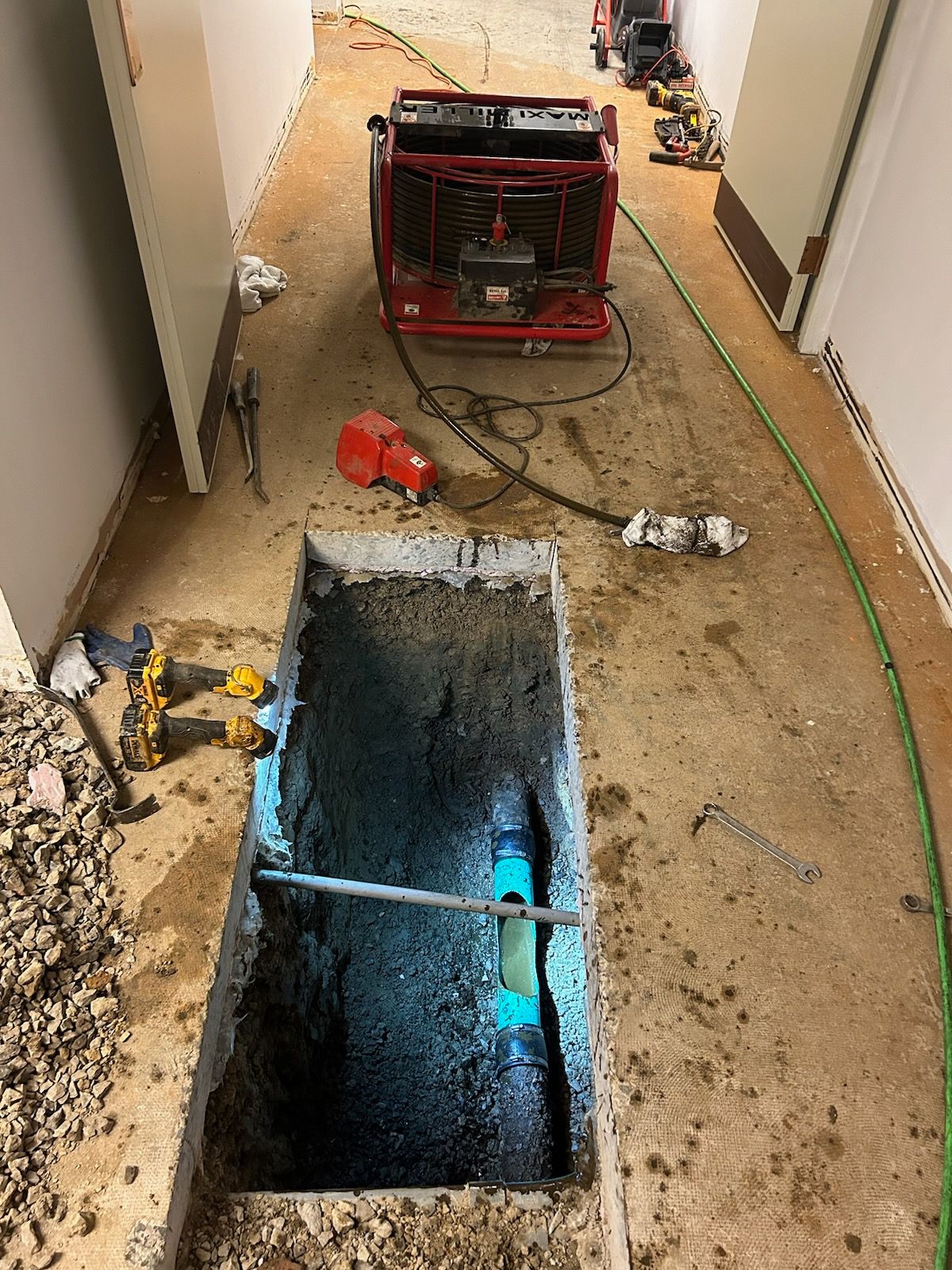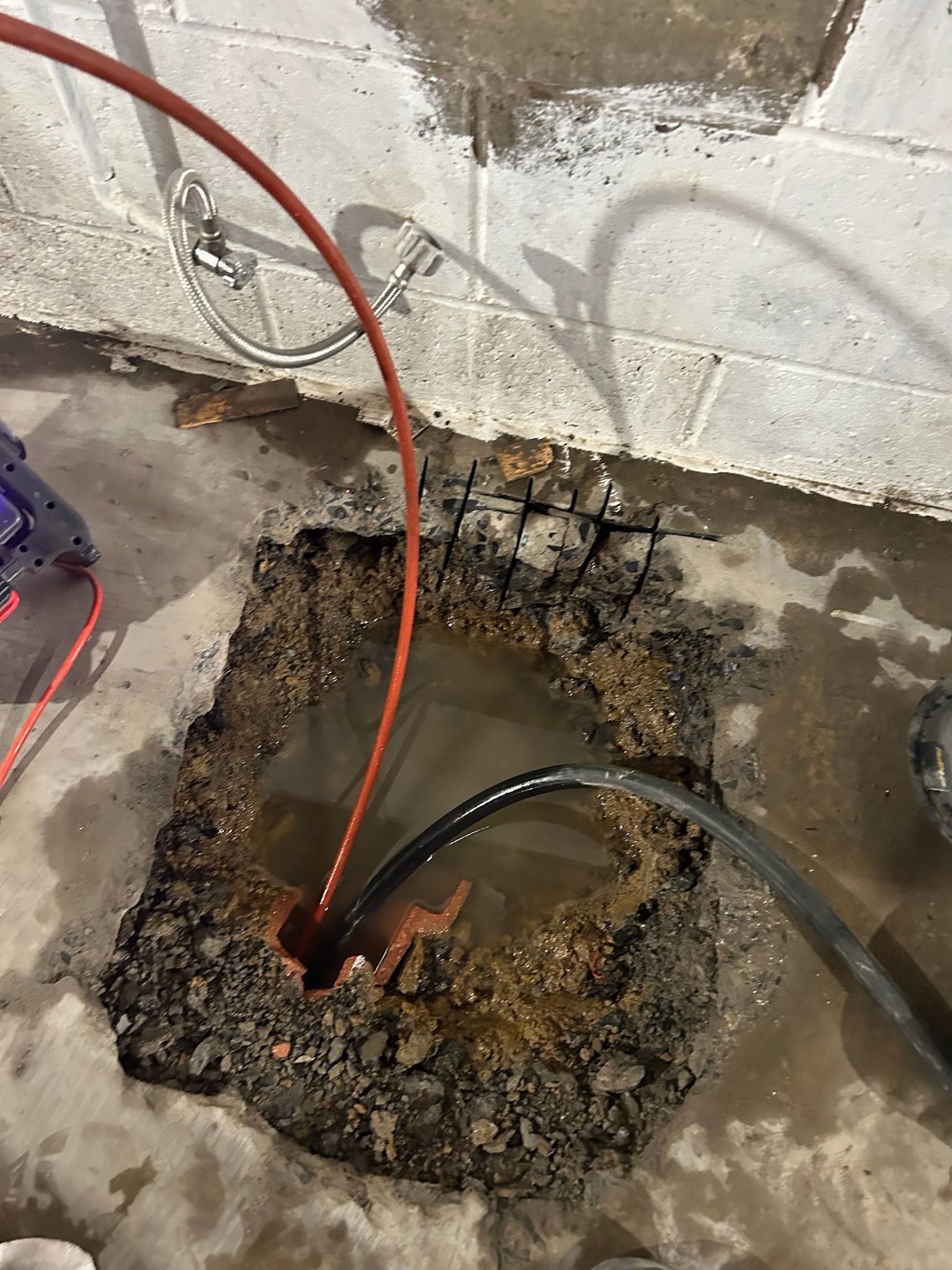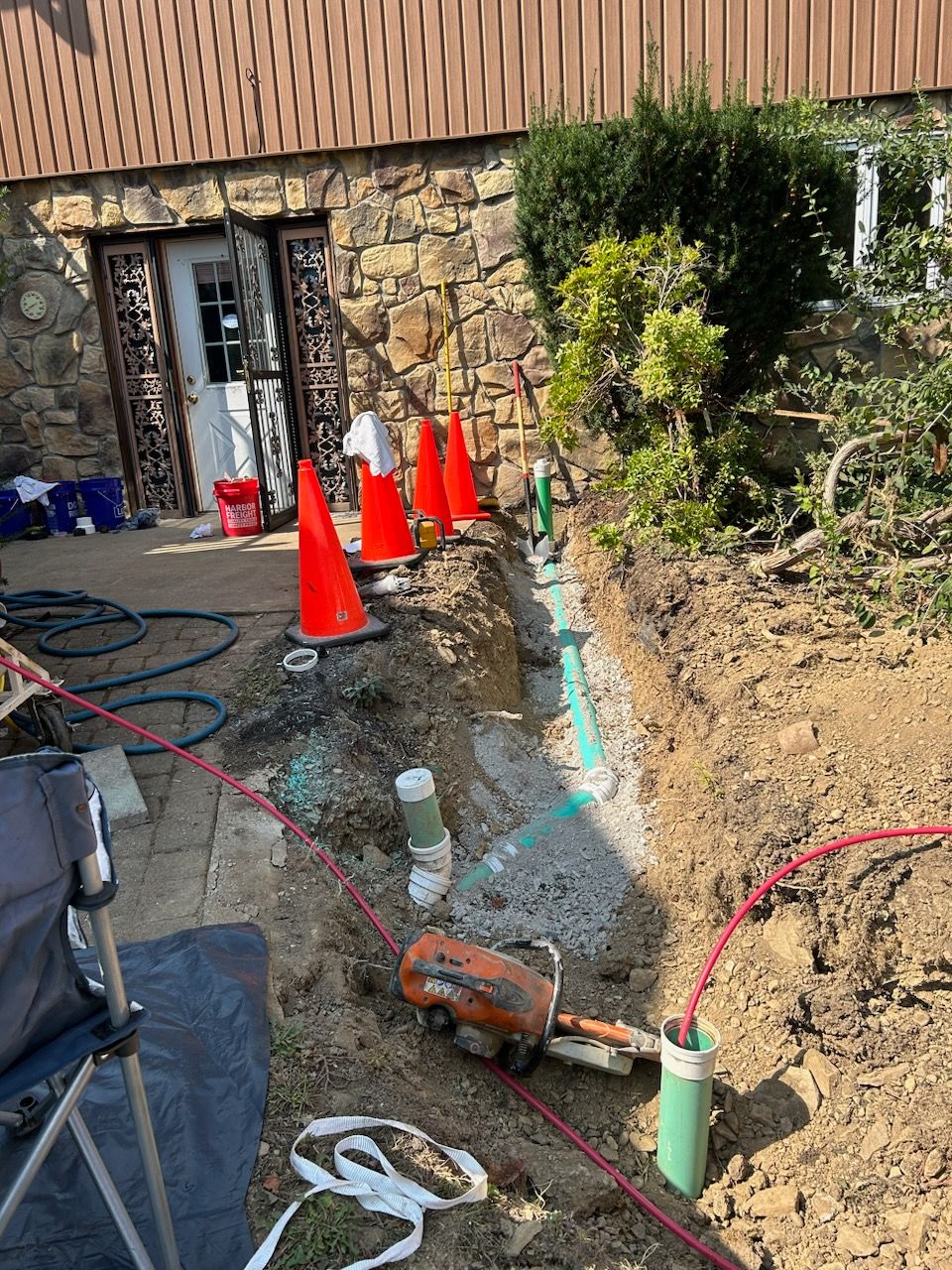Trenchless sewer lines and sump pumps use cured-in-place pipe (CIPP) solutions, which can be installed within a short period, especially if you have contracted experienced contractors to handle that work for you. This process will involve minimal digging, which could save you thousands of dollars. However, regular maintenance and repair of your basement sump pump is a crucial plumbing activity that will help you to minimize water accumulation in your house.
Fortunately, there are some few things that you need to check so that you can make sure that your sump pump is operating at optimum levels.
1. Check Float
Every time you are engaged in a sewer repair activity, you need to check float because it is one of the essential parts of a sump pump. This component helps your line inspections work to be more comfortable. If it is rising when the water is added and shuts off when there is no water in the septic tank, then your system is working normally. However, if it does not rise or fall with water increase or decrease respectively, you need to seek consultations from an expert.
2. Clean the Sump Pit
One of the standard methods of ensuring that your underground drainage collection tank is working smoothly is by ensuring that it does not have any debris. Cleaning the pit is a major and a recommended repair and maintenance procedure that you should incorporate. In Most cases, the float fails to function because of the solid materials in the pit. Therefore, you should remove any loose items in the pit, and you should do this regularly.
3. Test the Check Valve
Besides the float, the check valve is another important and major component of the sump pit. In a normal scenario, when flood water enters the septic tanks, valves are supposed to trigger the pump so that all the water can be removed. However, sometimes the water enters the pump, and the valve does not work.
If you find that water is accumulating in your pump for a longer period, there is a clear indication that your valve is not working. Sump pumps Greensburg repair experts will diagnose your valve, and in most cases, they might recommend that you replace the check valve. You need to understand that water does not need to accumulate in your tank but needs to drain immediately.
4. Clean the Impeller
As highlighted above, removing all the debris from the pump is an important strategy that you need to understand. However, debris might work their way past the screen in the pump and jam the impeller. This is one of the leading causes of pump breakage and malfunctioning. You need to make sure that your pump does not exhibit these problems at any given time.
However, debris will always work their way in, and you have to find a way out on how to remove them. One of the best strategies that you can incorporate is disassembling the pump so that you can access the impeller and the screen and remove all debris. Finally, you will reassemble the pump and test whether it is working as expected.
5. Check Power Supply
If your system is not working at all, there is a possibility that your power supply could be the problem. Trenchless sewer repair experts have highlighted that electricity connections cause a considerable number of challenges to most of the systems. If this problem is not realized at an earlier stage, it could lead to flooding in your basement.
Therefore, you need to make sure that the pump has been plugged in as recommended and ensure the circuit breaker is working. If you have thoroughly checked and confirmed that all electrical connections are fine, then, your pump needs replacement.
6. Install an Alarm
One of the best and precautionary components that you need to install in your drainage system is an alarm system. It will always sound when your pump has stopped working hence avoiding extreme flooding problems. You can also integrate the alarm system so that it sends you a text or an email if there is an emergency in your basement tank.
Categories
Related Posts







